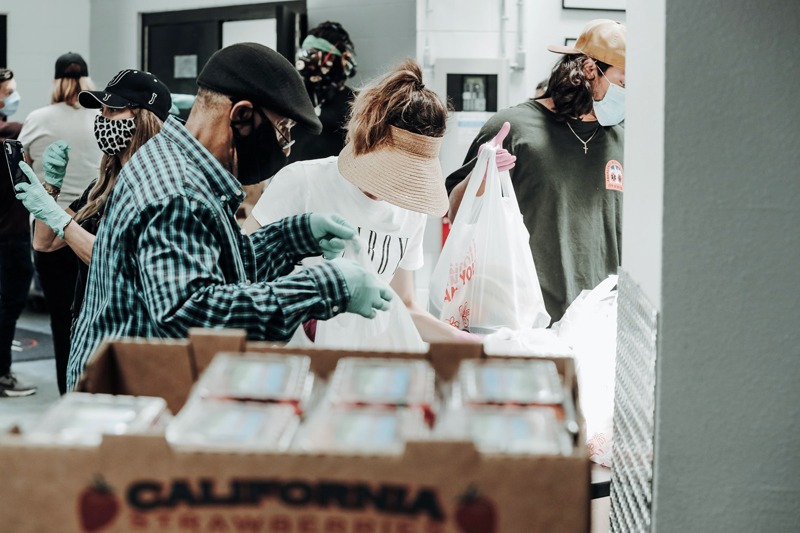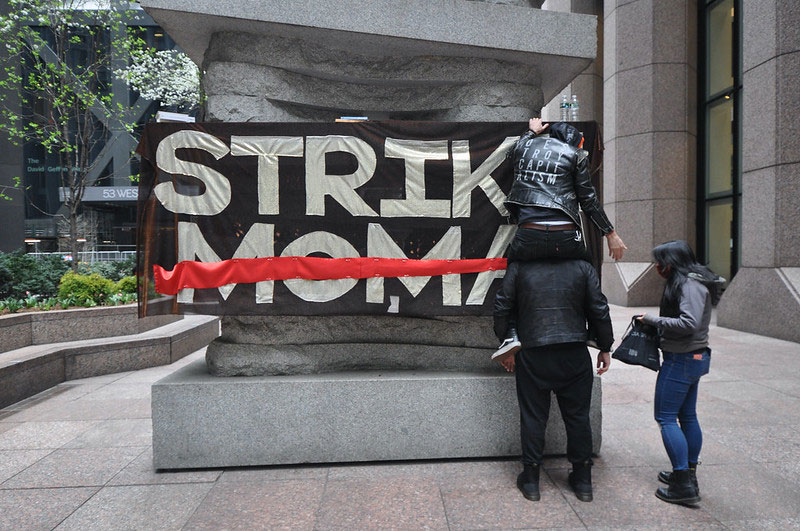April 18, 2010; Star Tribune | There’s a new multi-billion dollar foundation in the sector—the Margaret A. Cargill Foundation. With initial assets of $2.1 billion, it will be Minnesota’s largest foundation, eclipsing the McKnight Foundation ($1.6 billion), the St. Paul Foundation ($710.4 million), the Bush Foundation ($681 million), and the Otto Bremer Foundation ($638.5 million).
That’s nothing to shake a stick at. But what will the Cargill Foundation actually do and fund? According to the press, the foundation is immediately hiring 75 staff people for its new headquarters in Eden Prairie. Like an unfortunately increasing number of foundations, the Cargill Foundation will not accept unsolicited proposals. This Star Tribune article and others suggested that the new foundation’s grantmaking priorities were not known, but the website of the M.A.C. Foundation lists these interest areas: Enhance the quality of life for children, families and seniors; Prevent and relieve suffering of children, families and seniors; Preserve and promote the environment and the arts; and Encourage and support the humane treatment of animals.
An agribusiness heiress and one of the nation’s 400 richest people before her death, Margaret Cargill was known as a quiet but generous philanthropist. Motivated nonprofits that want to find a way of pitching to this foundation (despite its not taking unsolicited proposals) might do well to also examine Cargill’s individual philanthropy to predict what her eponymous foundation might do: gifts to the National Museum of the American Indian, the American Red Cross, the Episcopal Church, the San Diego Humane Society, the Nature Conservancy, the Public Broadcasting System (PBS), support for programs in the arts, disaster relief, American Indian culture, and elderly issues.
Sign up for our free newsletters
Subscribe to NPQ's newsletters to have our top stories delivered directly to your inbox.
By signing up, you agree to our privacy policy and terms of use, and to receive messages from NPQ and our partners.
This is a huge infusion of philanthropy for Minnesota—and for other localities such as San Diego where Cargill also gave. Let’s hope that its ultimate grantmaking agenda is one showing a lot more creativity than continually funding and refunding the “usual suspects.”—Rick Cohen













